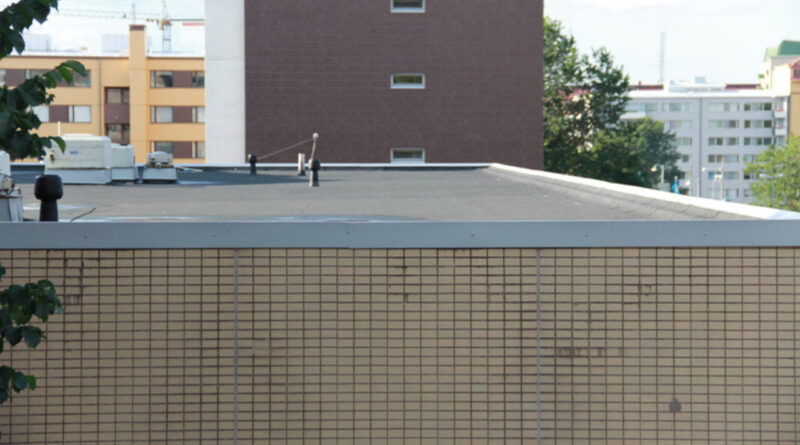All types of roofs, including flat roofs, are susceptible to leaks. However, it is more challenging to find the leak source in flat roofs because water can travel in any direction on this roof type. The good news is that detecting a leak in flat roofs is possible.
So, how can you find a leak? Start by looking at patches and stains on the ceiling to estimate the part of the roof where water could be entering the house. While it’s not as simple as it sounds, hiring experts that offer roofing in Lubbock, TX, makes work easier.
That said, let’s get started!
Reasons flat roofs leak
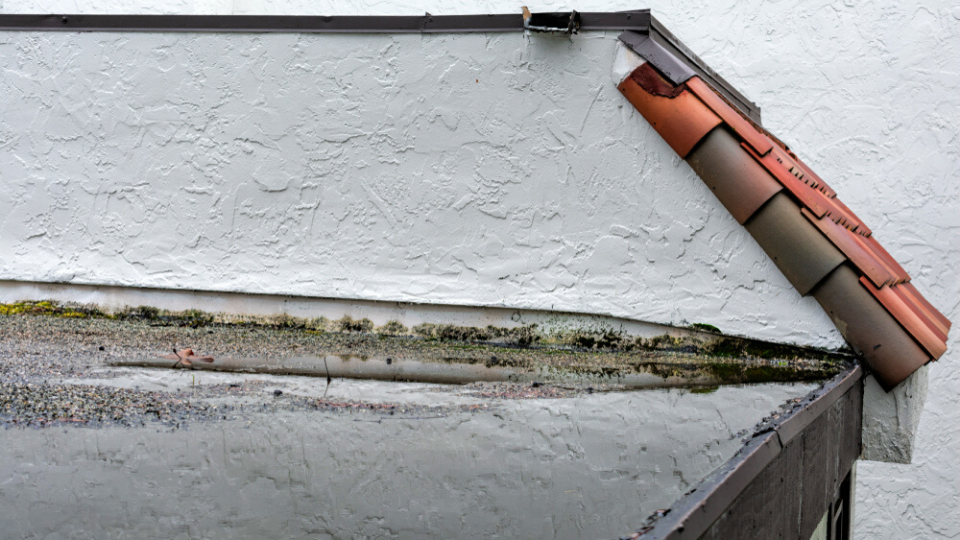
source: bentonroofing.com
Before stressing yourself on how to climb the roof to check for the small holes or call the experts, you first need to know why your flat roof is leaking. These reasons will also help you locate the problem faster than searching all over the top for small holes.
1. Damaged flashing
Damaged flashing is the most significant cause of roof leaks. This happens because flashing is installed at the exterior edges of the roof to protect its membrane. As a result, damaged flashing will leave an allowance for water to pass through.
Also, if your home’s flashing is wrongly installed, strong winds and storms can easily damage it. Sudden rise and fall of temperatures also cause contractions which can cause spaces in the roof leading to leakages.
2. Open penetrations
HVAC systems, chimneys, and pipes installed on the roof can cause leaking on your flat roof. The leakage happens when the area between the shingles or metal roofs is not well caulked. To prevent any possible leakage, you should ensure all penetrated areas remain water-tight.
3. Old and worn-out roof membrane
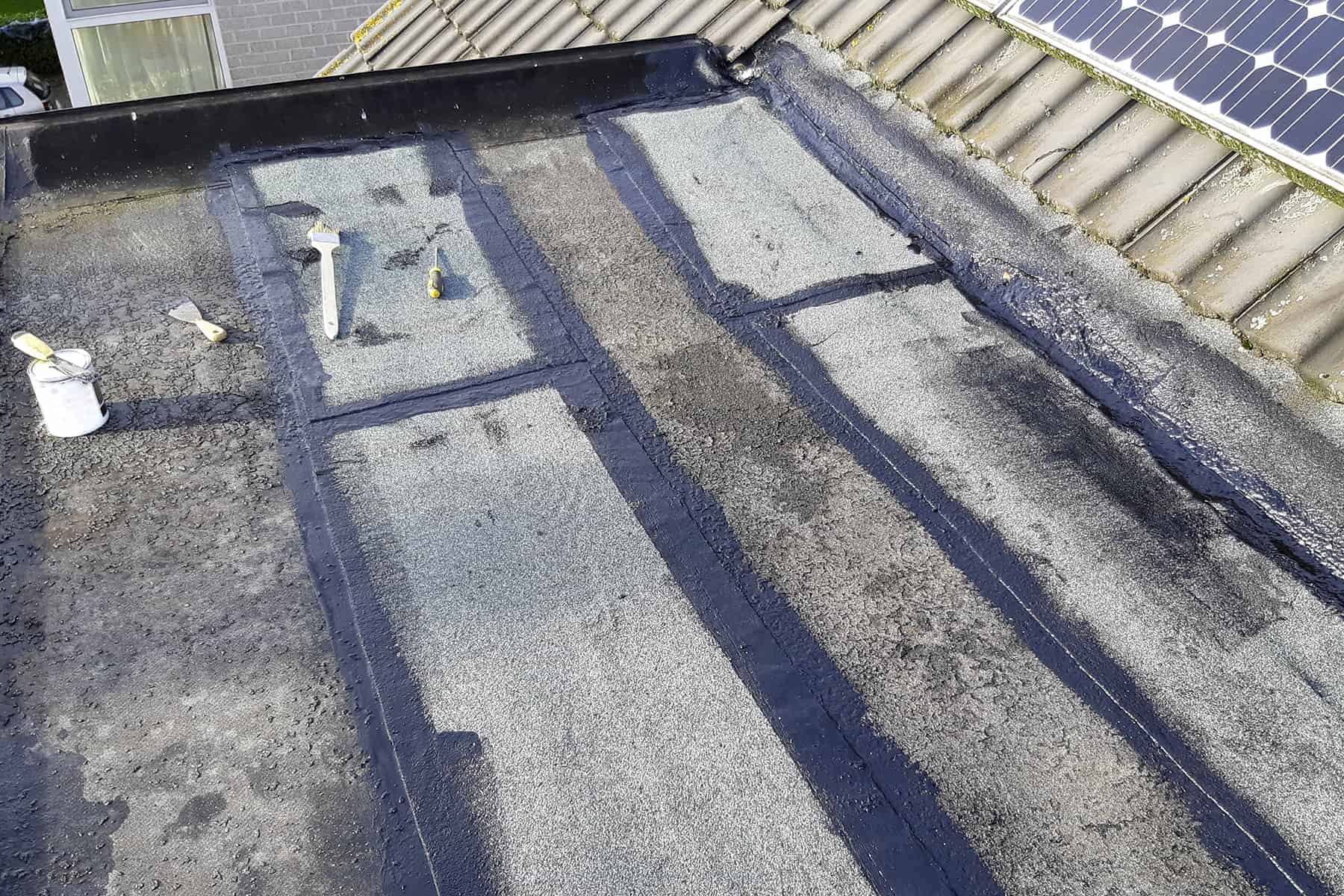
source: pinterest.com
Roofers install a roof membrane underneath the shingles to prevent water from leaking. When the shingles age and fall, they expose the membrane to the sun and other elements. This causes it to crack and shrink, making small holes for water passage.
If you spot membrane damage on the roof early enough, you can carry on repairs and avoid water leakage. You should also check the membrane’s expiry date and replace it if it has expired.
4. Drainage problem
Drainage problems can easily lead to water leakage on flat roofs. A lot of water will be left stagnant on the roof, and it can begin to sip through the shingles. The stagnant water can also lead to rotting of the roof membrane, another cause of leaks.
How to find a leak on the flat roof
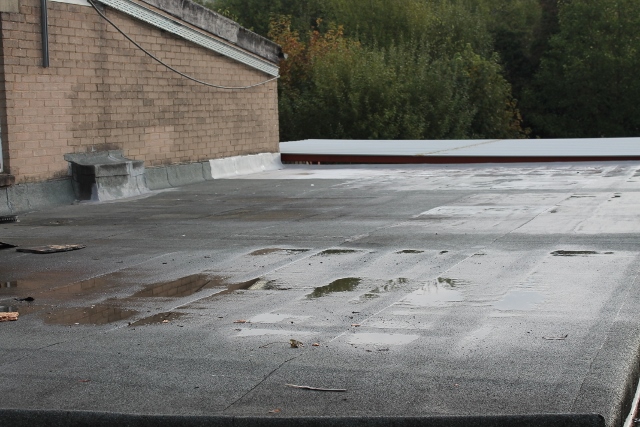
source: alltimescoatings.co.uk
Now that you are aware of the causes of leaks on flat roofs, you can easily find the leaks. If you notice dampness in the ceiling or see drops from the top when it rains, check if the roof membrane is well placed and without holes.
Step 1. Pour water on the suspected area
If you notice leaks during rains, wait until the rain is over to climb up the roof. Then, use a hosepipe to spray water on the top above the leaking ceiling. To make your work easier, get someone inside the house to check if water will drop from the spot you are spraying.
With this method, you are more likely to find the exact place where the water is passing through. Also, remember that the water travels in many directions on a flat roof, so you should be keen on where most water is trickling inside the house.
Step 2. The leaking might be from different points
A flat roof can have more sources of leaks, so don’t settle on the one you found. Continue with the testing to ensure you get all the sources of the leakage. Test also the areas around the chimney, HVAC vents, and any other opening.
Step 3. Pour water on the entire roof
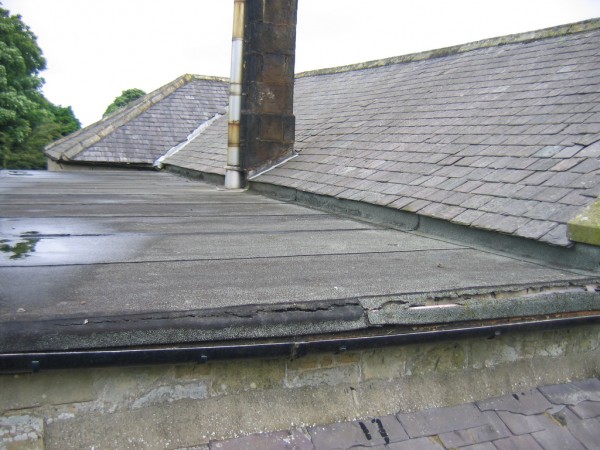
source: rawlinspaints.com
Use the hose to spread more water on the roof. By doing this, you are testing to see if the drainage is working perfectly. It will also enable you to see if there are other reasons your roof is leaking.
Look at any parts of the top where water makes a pool. It could be a cause of leakage. Tell your friend inside the house to check if there are water drops above that area.
Step 4. Take action
When you find the leaking location, you should take immediate temporal action to stop the leaking. Leaving the area open allows water to continue sipping through, leading to more damages.
With time, the entire ceiling will turn brown because of soaking in water. The area on the roof where the small pool forms will also start decaying, and it can form algae, discoloring the roof and reducing aesthetics.
Also, water drops on your wood furniture and door can lead to irreparable damage. When wood soaks in water and begins to swell, It later starts cracking and rotting. Wood doors will also suffer similar damages.
Step 5. Fix the leaking parts
Fixing the leaking parts of the roof does not require expertise, but roof repairs need an expert. For example, if there are lost shingles causing leakage, use plywood to cover the exposed part of the roof.
Use caulk or silicone on the parts around the chimney and other openings. Also, check for small holes and fix them with caulk. A rubber sealant also helps to stop the leak.
Step 6. Call a professional
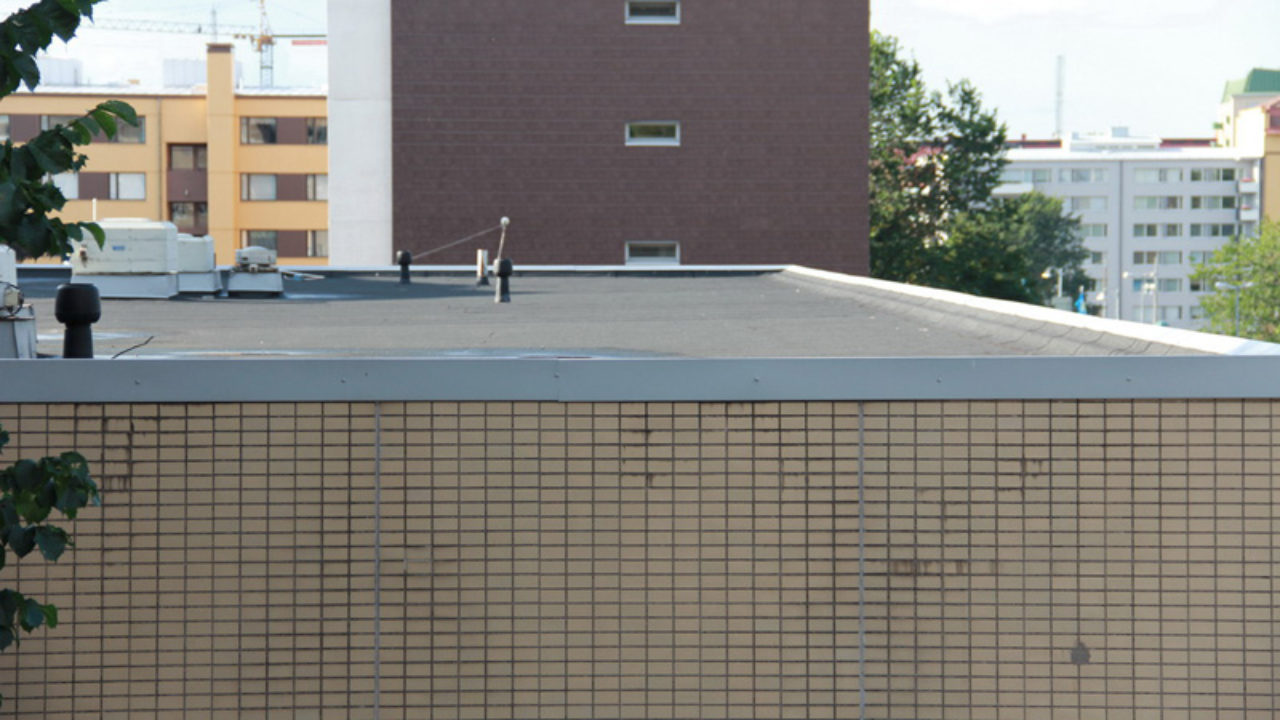
source: wernerroofing.com
The repairs you carried on are temporal and won’t stay long until you notice wet patches on your ceiling again. Therefore, you should call an expert to entirely repair the roof to ensure you deal with the problem once and for all.
There are many roof experts, which can make it challenging to get the right one. Ensure you interview many and choose one with the best qualifications. Look for factors like years of experience and essential documents like license and insurance.
Final Words
Roof leaks signify that a part of your roof is not functioning well but does not mean the entire roof is damaged. Finding the leaking part in a flat roof is challenging, but you can always seek an expert’s help. They know better about roofs and will do the proper repairs to ensure they function well.

